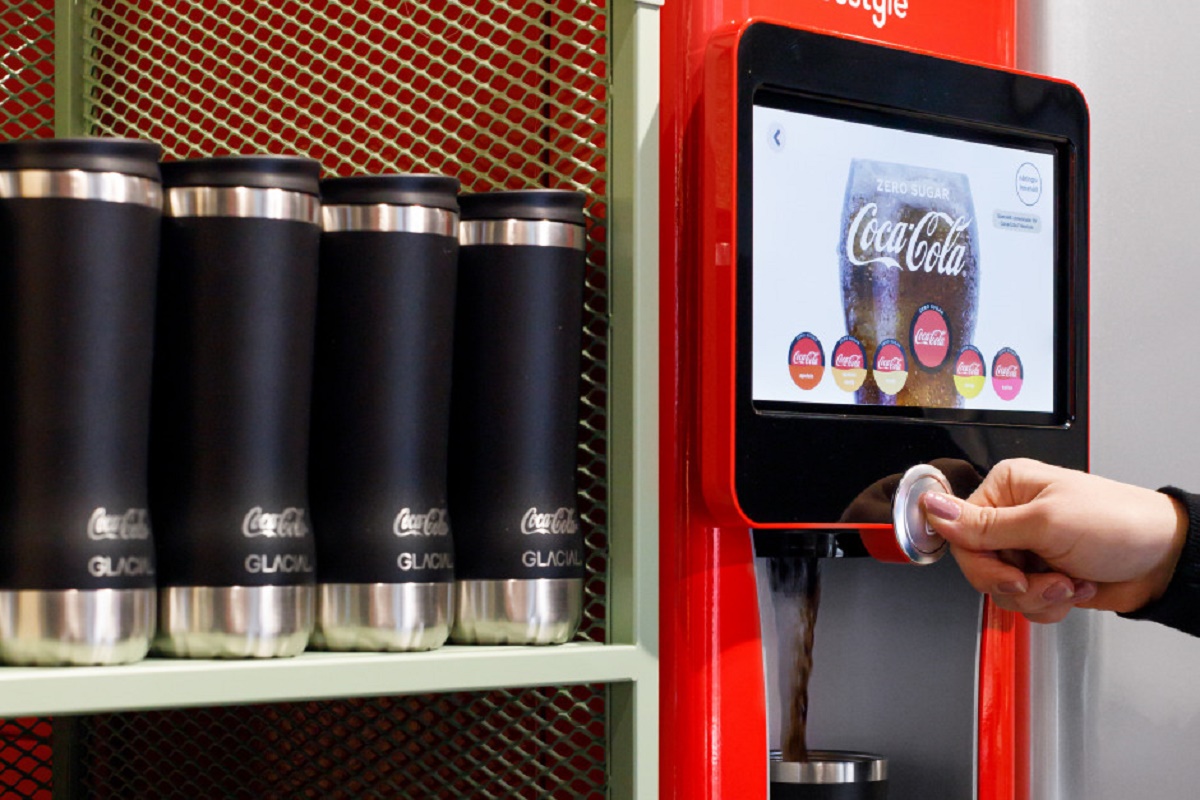In my first-ever post, I discussed H&M’s Loooptopia, a game about fashion circularity through Roblox. So, I was thinking, why not end it with another company collaborating with another game company for my potential last post? So this post, I will introduce you to the collaboration between the famous condiment brand Heinz and Fortnite.
According to the Food and Agriculture Organization, 95% of the food we consume comes from social; however, due to the increase in population and climate change, we are also putting a health risk on the soil. “SOS Tomatoes,” the game that the two companies collaborated on, aims to educate players about the “world’s declining soil health and effect positive environmental change.” In this game, the players can go through the journey of how to grow a tomato by becoming one, which means experiencing being in the field. Furthermore, to incorporate Fornite’s characteristics, the players will have to run faster than the speed of “soil degradation,” which also sends out another message of how fast soil health is declining. By playing this game, Heinz also announced that it would help impact the real world as the company will protect an extra 13.5 million acres of soil and more than 1600 soccer fields!
More and more market leaders have raised awareness of the need for sustainable practices in every industry, such as fashion and food. To increase such awareness, most companies nowadays have decided to target Gen Z since they are our future leaders and focus on using video games as a medium for education. However, I wonder if such an effort impacts these teenagers or even us on sustainability. After playing these games, will we remember what we learned or just think of it as a special version of the game we like? Is there a more effective way to educate people? As a person who plays games, I love how companies tap into the metaverse, but I am not convinced about the effectiveness of such ideas. Despite that, It is nice to know companies are at least finding novel ways to incorporate education on sustainability in our lives.
 For the partnership with WWF, LEGO has become part of the climate savers program, which engages businesses and industries on climate and energy. By being a member of such a program, LEGO has committed to reducing CO2 emissions and waste by 10% per brick they produce and using renewable energy. Besides that, they also establish an environmental engagement program that educates the encourage their employees to reduce their energy use, waste, and water consumption.
For the partnership with WWF, LEGO has become part of the climate savers program, which engages businesses and industries on climate and energy. By being a member of such a program, LEGO has committed to reducing CO2 emissions and waste by 10% per brick they produce and using renewable energy. Besides that, they also establish an environmental engagement program that educates the encourage their employees to reduce their energy use, waste, and water consumption.

